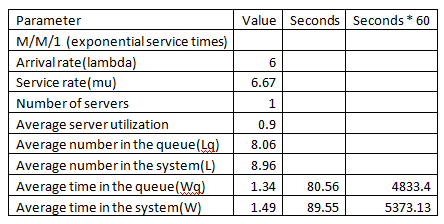Quantitative Analysis Assignment Help
Question No.1 –
What are the assumptions of linear programming?
Question No.2 –
Post a summary of your initial reactions to the case study and any questions or concerns you may have about this case study or completing the assignment.
Searching for 100% plagiarism free content in academic write ups? No need to go anywhere as Expertsmind is here to provide 24/7 non stop service for Quantitative Analysis Assignment Help solution.
Question – 1
The linear programming problem normally deals with an objective function, constraints and linearity. It is one of the most useful fields that was very widely used in business industry sectors and also applied to logistics to industrial planning. The main objective of linear programming is to determine the most optimal solution within the given restrictions. The major advantage of linear programming is to formulate a real life situation into a mathematical model.
The major assumptions of linear programming problem is
Proportionality: Any change in the inequalities of the constraint will certainly have a change in objective function proportion
Certainty: Number of constraints and objective will certainly change over the period of time in the study
Additively: All activities total will tremble the sum of each activity which will certainly show that there is no interaction among all the resources used
Non Negative variable
While performing linear programming problem, we need to set a constraint which says that each and every decision variable included in the study holds a non zero value as it is impossible to have negative values for a physical products
Optimality
Whether it might be either profit maximization or cost minimization technique, there always occurs a set of feasible solutions at a corner point
Question 2
Queuing theory concepts mainly uses the probability technique which deals with queuing concept in various business sectors such as supermarkets, railway stations, hospitals, etc. It also uses additional mathematical model to prove the structured flow of waiting line problems or queue problems. The researcher uses mathematical technique to create a model in such a way that it can able to predict the time length over various queues and provide a optimal conclusion
Example
Let us consider the situation of a maintenance service facility in which the arrival rates follow Poisson distribution and exponential service times and the system operates on a first come first serve basis. Breakdown occurs on an average of three per day with a range of zero to eight. The maintenance crew can serve average six machines per day with a range of zero to seven.
Further Optimization
The waiting line distribution is given below

The total idle time for the attendant is 8.96 minutes
Total waiting time of the customers is 1.49 minutes
Maximum queue length during this period is 8.06 customers
If the service time is reduced to 6 minutes, then more number of customers can be served and there will be more idle time for the attendant
Approach Expertsmind for excellent quality Quantitative Analysis Assignment Help solution at your doorstep now! We offer 24/7 academic assistance to students.